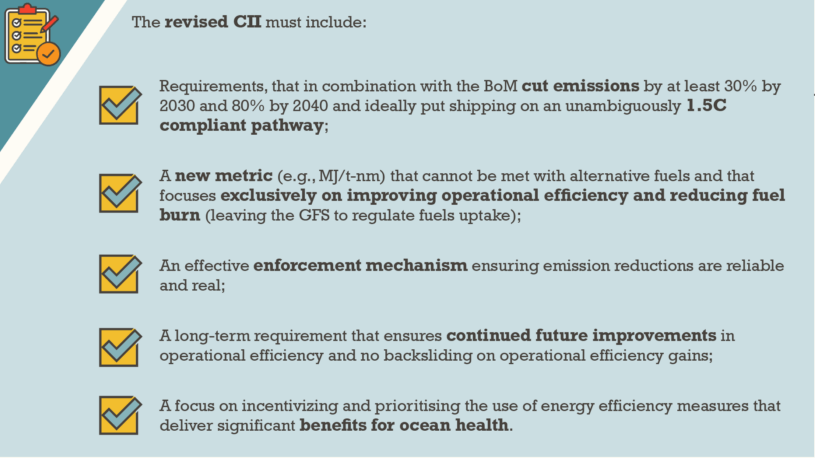IPCC confirms shipping must halve emissions by 2030

The Intergovernmental Panel on Climate Change (IPCC) has released its latest assessment of where humanity is at in dealing with climate change. The report comes just in time for another round of crucial climate negotiations on reducing emissions from global shipping at the International Maritime Organization (IMO).
The report confirms what many already knew. The time available for action to tackle the climate crisis, and avoid dangerous tipping points and out of control heating, has almost passed.
This is no-longer something that might happen in the future. Global heating is killing people now, destroying nature and making the world poorer. And without new more ambitious action it is only going to get worse.
The IPCC’s message to IMO member states couldn’t be clearer: “take the science seriously and deliver the meaningful measures needed before 2030 or continue to delay condemning future generations to the terrible costs of inaction.”
If current climate policies were implemented globally the result would be a dangerous 2.7 °C of heating. The effects of this will include extreme heat waves, food supplies being disrupted, economic damages escalating and natural systems collapsing. Parts of the world will become practically uninhabitable due to extreme heat, loss of water supplies, failure of food systems and sea-level rise.
Every country, rich and poor will be affected, but of course the poorest will be hit hardest. Tens of millions more people will be forced into extreme poverty.
The IPCC is equally clear about what needs to happen to avoid the worst of these effects. To limit heating to 1.5°C CO2 emissions must drop by 48% by 2030 and methane emissions by a third.
The next seven years are critical. The timing and significance of this for shipping couldn’t be clearer. As IMO delegations gather in London to review their Initial GHG Strategy and discuss new ship climate targets, this is the moment to agree ambitious science-based absolute emission reductions targets for the industry for 2030.
A clear 1.5°C limit for 2030 is the only way for shipping to bear its fair share of the burden of avoiding dangerous climate change. A target of halving ship climate emissions by 2030 would also be a sure signal to industry and investors that shipping’s great transition is finally underway.
Setting a target only for 2050 will, by contrast, signal years more business as usual. An ambitious 2030 target will also cut short the adoption of false climate solutions like fossil LNG and reduce the cost to the industry of decarbonising by hundreds of billions of dollars.
This level of ambition for 2030 will require transformative and sustained change across the industry, but the tools to make it happen are there. Smarter emission lowering operations and widespread adoption of wind technologies will be key in the shorter term, with new fuels helping as we approach 2030.
Ship emissions are large, and the IMO has so far failed to rein them in. Continued low ambition at IMO could make shipping the wrecking ball of global climate action. The IPCC will not report again until 2030, but when it does, let’s instead make sure that it has a positive story to tell about international shipping.


